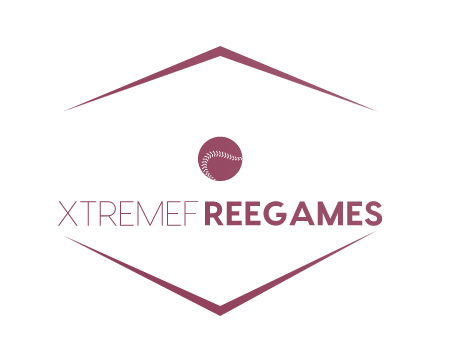Video games have long had a diversity problem. For many years, girl gamers were considered the exception, while female protagonists were few and far between. Sure, there have been high-profile examples of female-led franchises, but it was largely Lara Croft’s physical assets that helped the Tomb Raider series shift so manu units.
However, over the past decade or so, there’s been a seismic shift in the way diversity is handled by the video game industry. We’ve seen an increasing number of well-rounded female gaming protagonists, while established heroines have enjoyed modern makeovers moving them away from the male gaze. What’s more, female gamers have finally begun to penetrate the male-dominated esports sphere.
Early Female Representation in Video Games
In 2022, the gaming website Solitaired conducted a study to determine the ratio between male and female gaming protagonists. The study, which covered titles released from 1985 to 2022, found that almost 70% of games featured a male protagonist, with only 6% of games boasting a female lead. A further 8.7% of titles allowed players to choose the gender of their character, but this still puts female protagonists in the overwhelming minority.
Female gaming protagonists are nothing new. In fact, they’ve been around since the early days of console gaming, with Apollo’s Wabbit (1982) putting Atari players in charge of farm girl, Billie Sue. In 1986, Nintendo players were introduced to Samus Arun, the protagonist of the iconic Metroid franchise, with Arun’s last-minute gender reveal forming part of a twist ending.
Female Gaming Heroes in the Modern Era
Female protagonists would become more commonplace in the 1990s, although these hyper-feminine heroines played more to the sexual desires of male players than anything else. Lara Croft might have been able to take on Bengal tigers and Atlantean centaurs, but she had to look good in a tank top and skin-tight cargo shorts while doing so. Female fighters could be found across the brawler genre, but they were in the minority and rarely headlined franchises.
Today, female characters are far more diverse, with many best-selling franchises boasting playable female characters in the lead roles. Naughty Dog’s The Last of Us series introduced gamers to Ellie, a rare example of a non-stereotypical gay character. In the critically acclaimed sequel, she would be joined by Abby, another departure from the typical hyper-feminine women that dominated earlier video game titles.
When it comes to positive female representation in video games, fantasy titles, and the MOBA genre offer rich pickings. Of the 160-plus champions in League of Legends, more than 60 are female, while several others could be categorized as non-binary. In LoL esports, the likes of Katarina, Camille, and, LeBlanc remain popular picks with top-flight players. Keen to see which female champions are doing the rounds at the League Championship Series (LCS)? Find everything you need by visiting the latest LCS schedule at 1337PRO.com.
Behind the Scenes
In 2023, around 48% of American gamers were female. Elsewhere in the world, statistics are similar, with an average of 46%. Globally, it’s estimated that as many as 1.47 billion of video gamers are female. While the gender gap has tightened as far as the playing community is concerned, things look a little different behind the scenes.
Despite making up almost half of the gamers worldwide, only 25% of developers are women. However, you’ll find many examples of women in high-profile positions at some of the biggest game developers and publishers internationally. For many years, Naughty Dog could count the award-winning game writer Amy Hennig in their ranks. No stranger to the industry, Hennig worked as an animator for the likes of Atari and Nintendo before moving into game design and direction.
Then there’s video game producer Jade Raymond, responsible for helping Motive Studio and the Canadian arm of Ubisoft get off the ground. She would later move to Google, partnering with the search engine giant to create Stadia Games and Entertainment. Later, she would create her own independent development agency, Haven Studios.
Women in Esports
Despite females accounting for 46% of global esports audiences, women and girls are less represented within competition itself. For years, there were only a few female players of note, such as Sasha ‘Scarlet’ Hoystyn and Katherine ‘Mystik’ Gunn. While they’re still in the minority today, female players are finally taking their place alongside male counterparts in S-Tier competition.
There’s also been an increase in the number of women-only competitions and tournaments. Launched in 2022, the ESL Impact Circuit is one of the biggest and typically held alongside the likes of the Intel Extreme Masters. Many established esports organizations are getting in on the action. In 2023, Guild Esports announced its first-ever all-female CS:GO roster, joining the likes of Nigma Galaxy, Furia fe., and NAVI Javelins.
While female tournaments rarely receive the kind of audiences that are flocking to mainstream events, they’re increasing in popularity. Over the next few years, these female-only esports leagues are certain to produce a generation of top-flight players who’ll be playing alongside the boys internationally.

